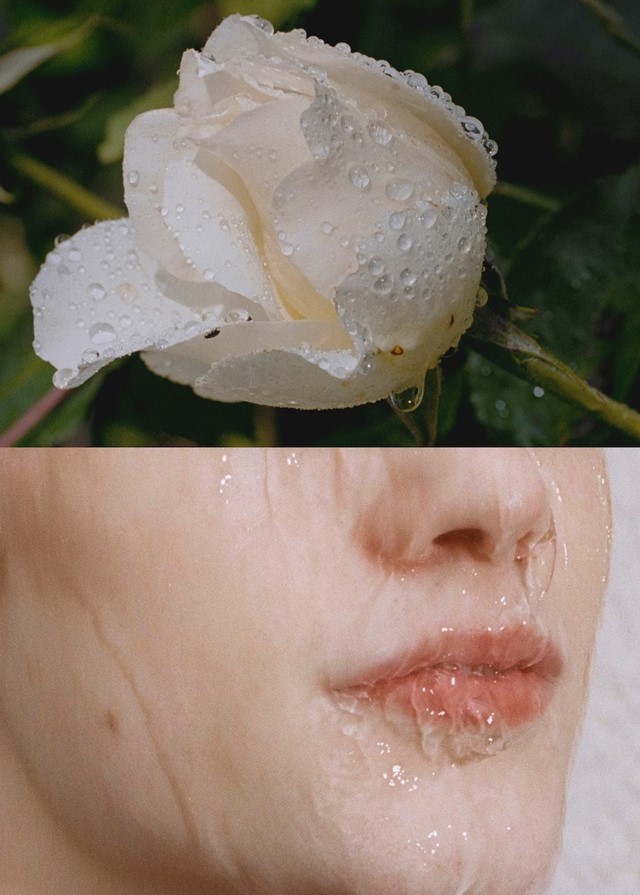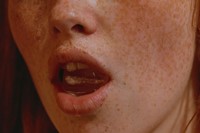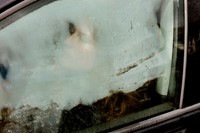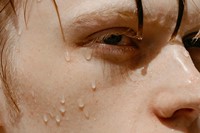Pairing the sexy with the strange, Polly Brown’s sensual new photo series began with a wet city summer in London
“Personally, I don’t have a problem with it,” says Polly Brown, “but I know some people dislike the word ‘moist’ intensely.” In polite society, wetness is almost always transgressive. The tiny beads of perspiration dabbed quickly away from an upper lip, giving away an otherwise cool and calm demeanour. A crisp poplin shirt, buttoned to the chin, a slick of sweat soaking through at the pits. A fat, glossy tear as it squeezes from its duct. Moisture is visceral, honest and human; as difficult to conceal as it is for some to say it aloud.
Brown’s new series, Wet, was born, as ideas sometimes are for the artist, from its title. She’s drawn to ambiguity and innuendo, in language as in pictures – wordplay inspires scenes that are at once familiar and a little bit erotic, the sexy paired always with the strange. But while there is a sensual undertone to the photographs that emerged from her exploration for Wet, its starting point was a wet city summer, and that moment in late adolescence when long, damp days hanging out with friends are so commonplace. “Being wet and being cold is part of my impression of what it is to live in London when you’re young,” she says. “You forgot your umbrella, your socks are wet, your make-up is running down your face. It’s intimate, bodily. Wet hair and wet jeans.” Fittingly, the series was shot in June, when England was rained on for weeks at a time; as it releases now, in autumn, the rain returns.
As a photographer and filmmaker who often shoots herself, experimenting with domestic scenes and everyday objects, it was important to Brown to work with models for this series. She collaborated with casting director Mollie Dendle and stylist Katie Shaw to choose a collection of characters who “really had a depth, they felt like they could be stars in a movie,” giving them prompts to respond to and evoke “those filmic looks in their faces – filmic reactions”. The effect is strikingly cinematic. Brown describes it as “stills from a film that hasn’t been made”; the images nudge you towards a narrative, but as you approach it, something else emerges, meaning you never end up where you expect to. She uses sequencing to a similar effect, cropping closely to find new photographs within ones she had already shot, and splicing them together to create fresh juxtapositions. There’s dribbling, salivating, splashing and spilling. It is sexy, but it’s also playful, odd. Messy, but in a charming way.
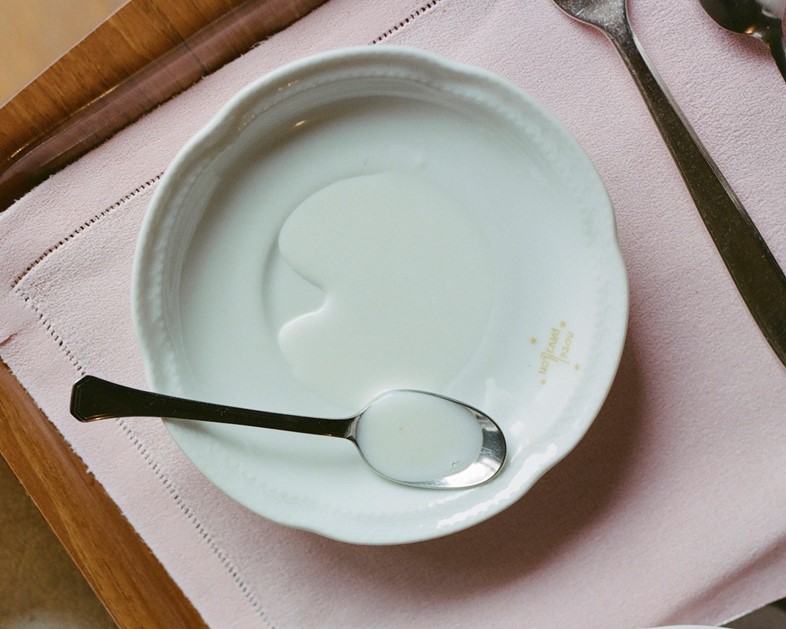
It’s a film you want to watch, if through your fingers, as moments of creeping tension curl your toes. Or to hang on the wall, if that’s your pleasure: four of the photographs from Wet are available as limited-edition posters, printed on newsprint and sold by agency We Folk. “I really like film posters,” says Brown. “Producing them this way takes away some of the preciousness of a fine art print – they can be mass-produced and disseminated, pinned up or flattened and framed.”
Wet by Polly Brown is self-published, and is out now.
